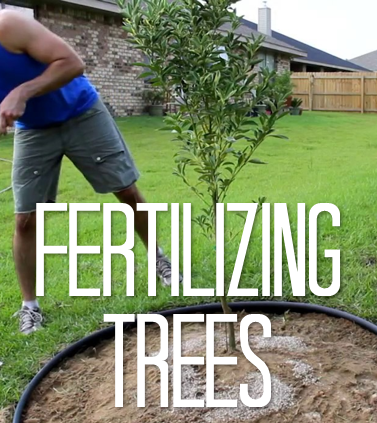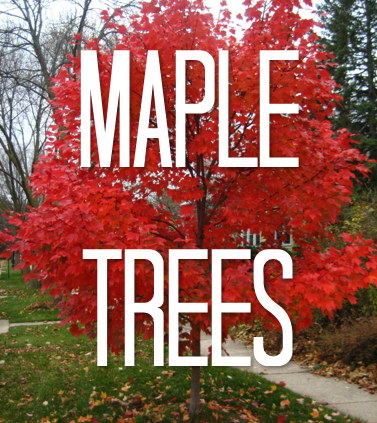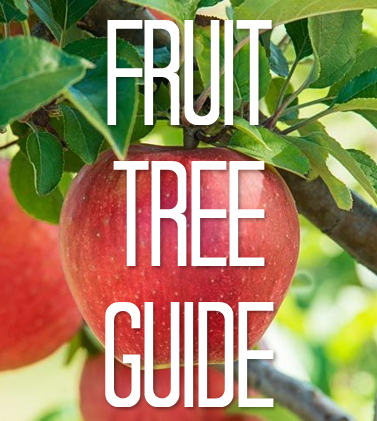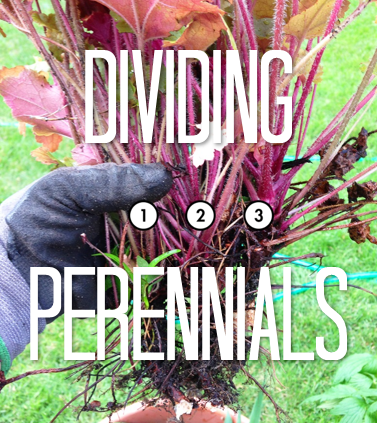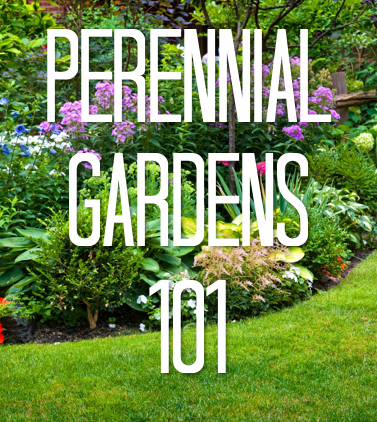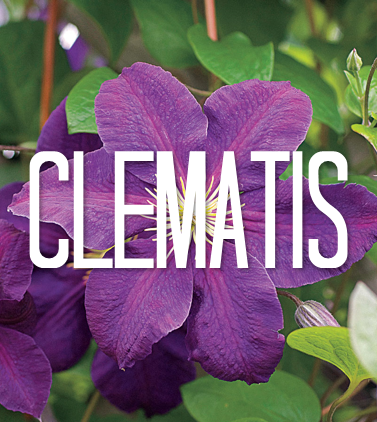Planting Guide
One of the great joys of landscaping is planting! When done properly, your plants will flourish. Your hard labor will be forgotten and replaced with an overwhelming feeling of satisfaction. The suggestions below are collected from our professional staff, whom abound many years of combined experience.
Before Planting Trees, Shrubs and Perennials
The pre-planting care and soil preparation is an important aspect of successful planting of Nursery Stock. Whether plants are bare root, potted, or baled in burlap, it is important that the roots do not become dry. Protect the root systems from the sun and wind until they are planted.
Plant selection is critical! Plants have different growing requirements and different growing sites offer different growing conditions such as light exposure, soil types, surrounding toxicities, and pests and other wildlife. The placement of plants in your landscape is equally crucial. The matured size of the plant will often dictate the proper location in the landscape relative to other plants, buildings, utilities, etc.
Handling Plants
Plants are living things - handle with care. Always pick up plant material by the root ball or by the container, never by the trunk or stems. Also, plan ahead; plant as soon as possible upon receiving your plant material. Plants with root balls or in containers are heavy. Be sure you are capable of handling and transporting, or have help available to assist you. You do not want to damage your new investment or risk personal injury.
Mulching
Mulching pays big dividends for plant health and establishment. Mulching preserves soil moisture, moderates soil temperature and inhibits weed growth. Bark mulches biodegrade slowly, building organic soil matter, enhancing the soil for healthy roots and plants. The larger the area mulched the better. A layer of mulch 3?- 4? thick is necessary to be effective. Use Landscape Fabric (Weedbarrier) under the mulch to prevent weeds and reduce maintenance.
Planting Evergreens
Our large selection of hardy Evergreen shrubs will add year round colour and beauty to your garden. Evergreens provide a variety of shapes and textures to the landscape.
1. Prepare a hole, 8? deeper and wider than soil ball or pot of the evergreen.
2. Partially refill hole with a prepared soil mix. A good planting mix consists of mixing 2 parts of soil with 1 part Peat Moss. Add a cupful of bone meal per bushel of this mix.
3. Evergreens should sit in the hole so that the top of the soil on the roots is level with the surrounding grade.
- If the Evergreen is in a plastic or metal container, carefully remove the pot keeping the root ball intact.? If the roots are circling at the bottom of the container (pot bound), score the bottom-sides of the root mass with a sharp tool and spread the root mass apart. This will encourage the roots to spread out as they grow.
- If the Evergreen is Balled and Burlap (B&B), it can be planted with the burlap on. Loosen burlap knot from around trunk, cut off excess burlap, fold down the remainder and fill hole with soil.
- If the Evergreen is in a papier-m?ch? pot, set plant and all into hole. Cut off the sides of the pot being careful not to disturb soil around the roots. The bottom of pot can remain in ground.
4. Set plant into hole and add the remaining prepared soil mixture into the hole in layers, while gently compressing between each layer.
5. Water the area to fill all air spaces and leave a slight depression in the soil around the plant to direct water to the root area. Add a Transplant Fertilizer to the water at first watering to promote fast, strong root development.
6. Do not allow soil to become dry.
Evergreen Care
Prune Evergreens each year in July or August to shape, control size, and maintain bushiness. Water regularly, especially during the first year. A thorough soaking is necessary in the fall just before freeze-up so that evergreens are not dry during winter. Garden netting or loose burlap will help protect branches from ice and snow.
?
Planting Trees, Shrubs & Hedges
We provide only the best in Nursery Plants, hardy for our 4b Zone. Some tender varieties may need special winter cover. Ask our garden experts for advice.
1. Prepare a hole, 4? ? 8? deeper and wider than the root system so that roots will not be crowded.
2. Partially refill hole with a prepared soil mix. A good planting mix consists of mixing 2 parts of soil with 1 part Peat Moss. Add a cupful of bone meal per bushel of this mix.
3. Remove pot or wrap from the roots of the plant before placing in the hole.
4. Set plant into hole so that the top of the roots will be about 1? below grade when planting is completed.? Add the remaining prepared soil mixture into the hole in layers, while gently compressing between each layer.
- For Trees:? Drive in two 6? 2?x2? stakes on opposite sides of the tree. Tie top and bottom of trunk with plastic tree ties or soft rubber hose with wire, in a figure eight, leaving space for future tree growth. The stake should remain for 2-3 years.
- For Hedges:? Prepare a trench that is 18? deep by 18? wide and remove all sod and weeds. Plant at 18? spacing and follow the above directions.
5. Cut off weak or broken branches. As well, up to 1/3 of the top growth of trees and shrubs may be pruned off to compensate for root injury during transplanting. Use sharp pruners.
6. Water the area to fill all air spaces and leave a slight depression in the soil around the plant to direct water to the root area. Add a Transplant Fertilizer to the water at first watering to promote fast, strong root development.
7. Do not allow soil to become dry.
Tree, Shrub & Hedge Care
Keep soil moist at all times. Add Transplant Fertilizer (high in Phosphorus for fast root growth) to the water for the first 2-3 waterings after planting. Hedges need an annual pruning, mainly in July. Always prune sides with slope from top down, so that the bottom is wider than the tip.
?
Planting Roses
You have purchased one of our famous potted roses! These are superior to packaged roses in that they can be planted without disturbing the roots. We carefully select only the best varieties for your garden enjoyment.
Roses need full sun, rich soil and good air circulation.
- Prepare a hole, 16? deep and 12? in diameter.
- Partially refill hole with a prepared soil mix. A good mix for roses is similar to the above prepared soil mix. Mix 2 parts of soil with 1 part Peat Moss and add a cupful of bone meal per bushel of this mix. Then, add a shovel full of composted cow or sheep manure to this mixture.
- The bud or graft union (the swelling or knob on the lower stem near the soil) must be planted 2? ? 3? below the soil level. No pruning is needed at the time of planting. Slip the pot off so that the soil on the roots is disturbed as little as possible.
- Place Rose in hole and fill in with the remaining soil mixture and add plenty of water with Transplant Fertilizer mixed in.
- After thoroughly soaking the root area, mound soil 6? ? 8? up around the rose stems. This cover will help the rose to root quickly and can be removed by mid-June.
Rose Care
Roses like regular feedings. Using Transplant Fertilizer, with the first 2-3 waterings helps establish rooting. Use Rose Food every 3-4 weeks during the growing season, but not after August.
Spray Roses with a complete insecticide-fungicide every 2-3 weeks to prevent insect and disease damage.
Prepare your roses before winter by mounding soil, mulch or compost. Hardy Shrub Roses & Explorer Roses no not need winter protection, but all others do. After freeze-up, place leaves or straw over the mound and cover with evergreen boughs or burlap to hold in place. Leave under cover until early May, or after last frost.
Prune Hybrid Tea, David Austin, Floribunda, and Grandiflora Roses down to a 10? height in the late fall.
NO NOT prune Climbing Roses ? Lay vines down on ground and cover with soil.
?

Rescue Purple Sand Cherry? ? ? ? ? ? ? ? ? ? ? ? ??Endless Summer Hydrangea? ? ? ? ? ? ?Azaleas & Rhodos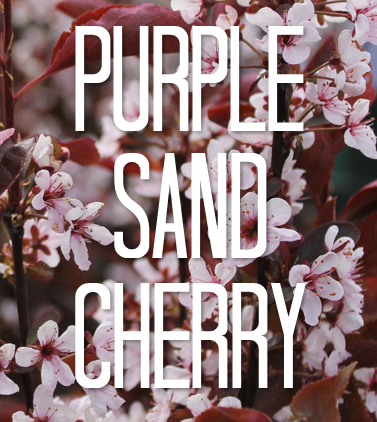 ??
?? ??
??
?
?

?Fertilizing Shade Trees? ? ? ? ? ? ??Maple Trees? ? ? ? ? ? ? ? ? ? ? ? ? ? ???A Guide for Fruit Trees? ? ? ? ? ???Hedges
?
?

?How to Divide Perennials?? ? ? ? ??A Classic Perennial Garden? ? ? ??All About Lilies? ? ? ? ? ? ? ? ? ? ? ? ? ?Intersectional Peonies
?

?Vines for Full Sun? ? ? ? ? ? ? ? ? ? ? ? ?Clematis: All You Need to Know

